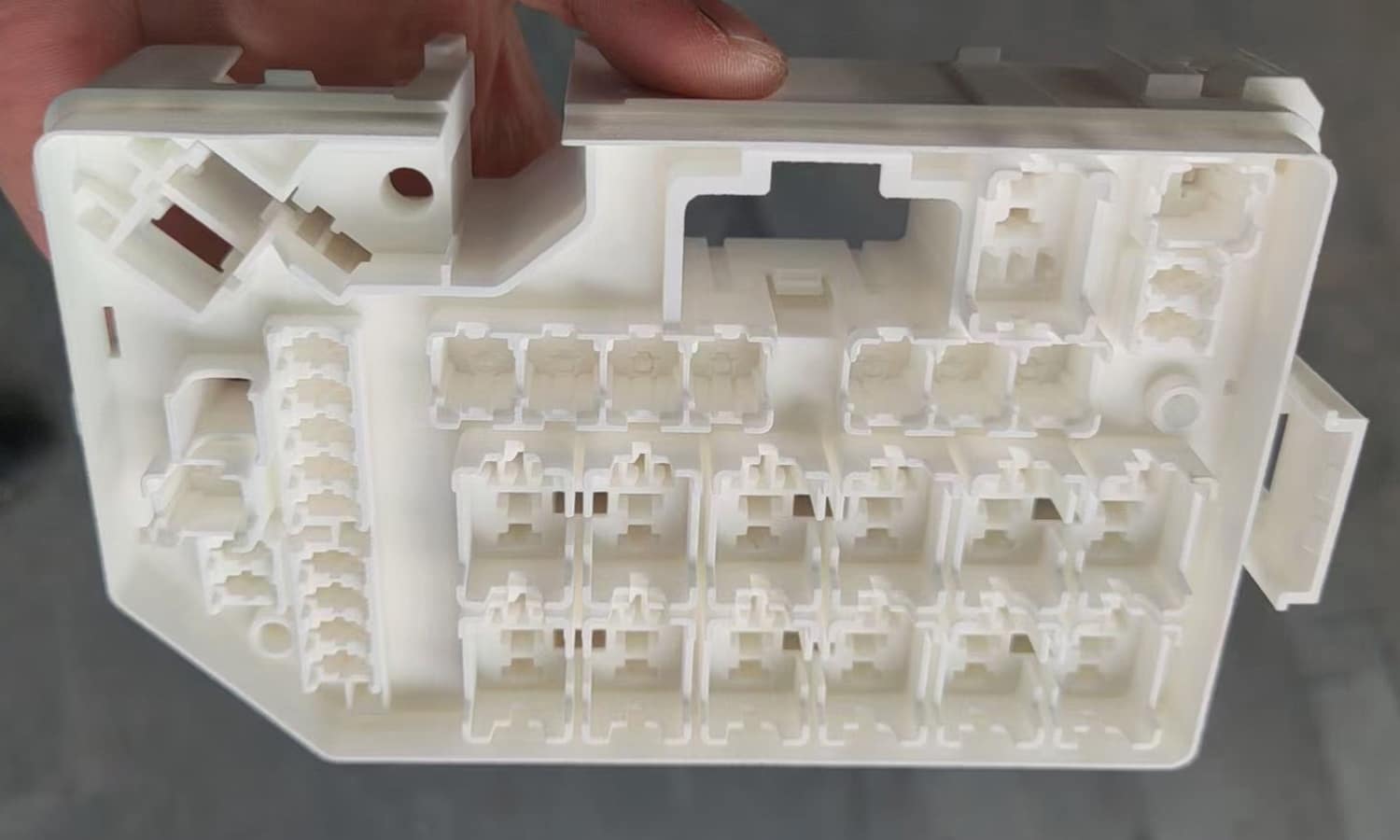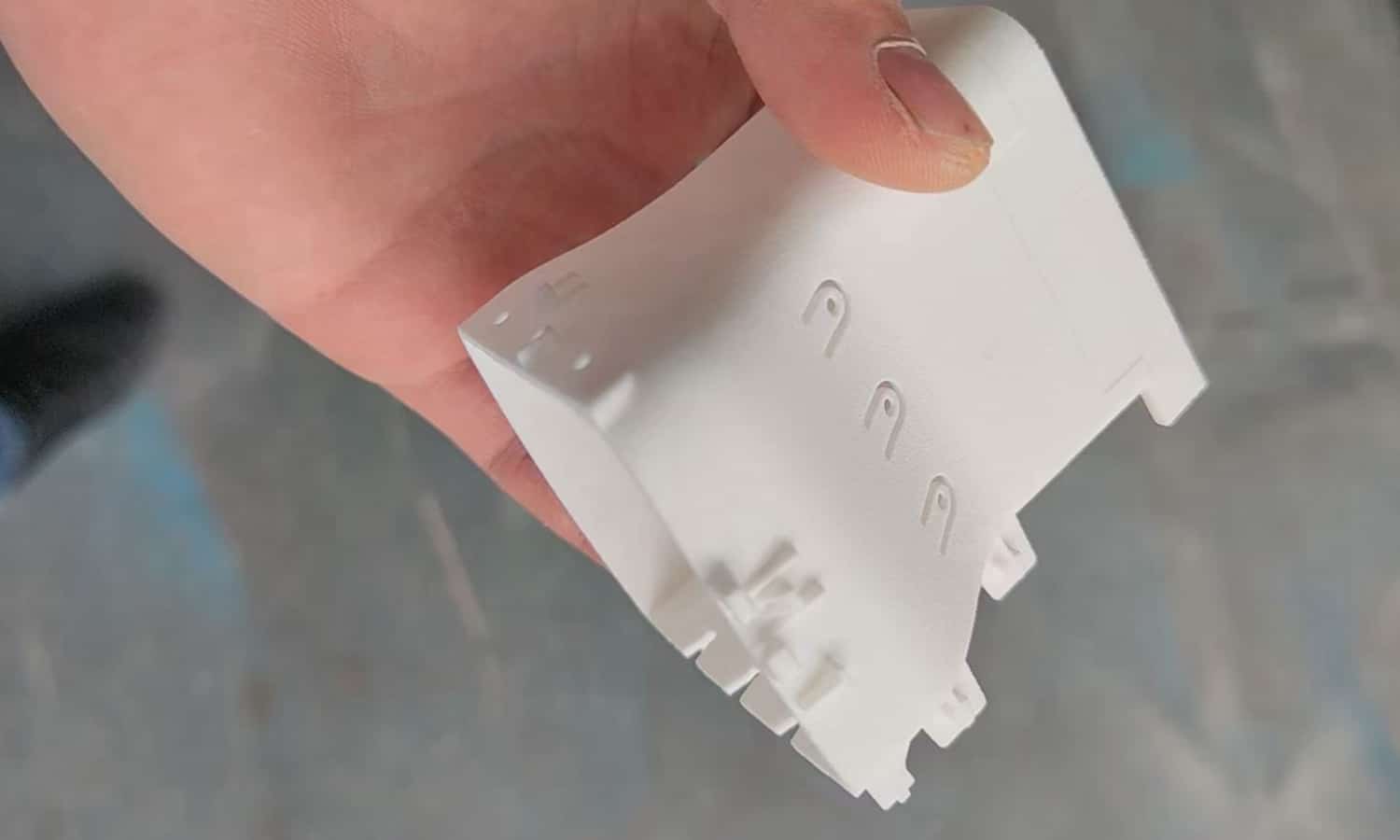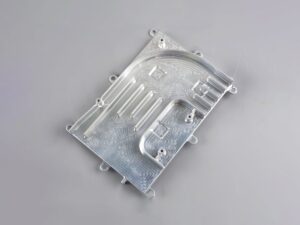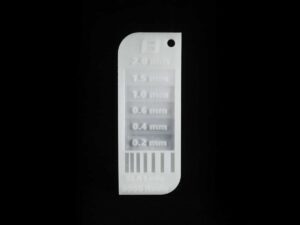SLS 3D Printed White Nylon Electronics Enclosures
Posted on 2020-03-09 in Electronics ┬Ę ńöĄÕŁÉ
Gallery
About Project
Nylon, in general, is a synthetic thermoplastic material with better weathering properties, sunlight resistance, and a higher melting point. It’s commonly used across various civil, military, and electronic applications due to its great mechanical properties as well. SLS 3D printing in nylon can produce precise, durable, lightweight but porous products. Nylon powder can also be combined with other materials such as glass, carbon fiber or aluminum to form a composite material with improved characteristics such as fire-retardant, toughness and metallic. The Nylon parts can be easily dyed, injection molded and machined.
Solution
- Step 1: One of the model has thin walls, small holes, and narrow slits, and cuniform gaps. The other one has complicated geometries and intricate details. Both need to be examined thoroughly.
- Step 2: Preheat the SLS Nylon PA 12 powder to a proper temperature just below the melting point of the raw material. This makes it easier for the laser beam to raise the temperature of specific regions of the powder bed as it traces the model to solidify a part.
- Step 3: The laser scans a cross-section of the 3D model, heating the powder to just below or right at the melting point of the material. This fuses the particles together mechanically to create one solid part. The unfused powder supports the part during printing and eliminates the need for dedicated support structures.
- Step 4: This process repeats for each layer until parts are complete, and the finished parts are left to cool down gradually inside the printer.
- Step 5: Once parts have cooled, the operator removes the build chamber from the printer and transfers it to a cleaning station, separating the printed parts and cleaning of the excess powder.






